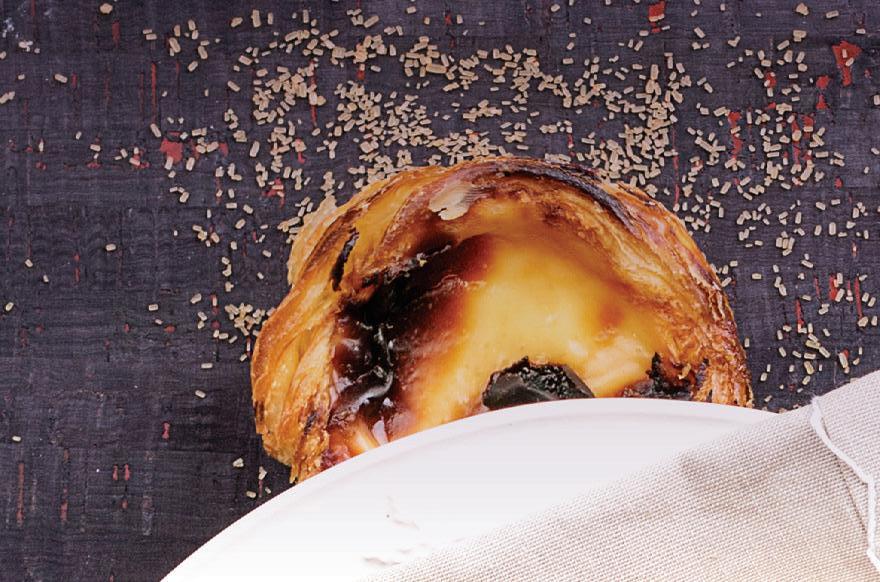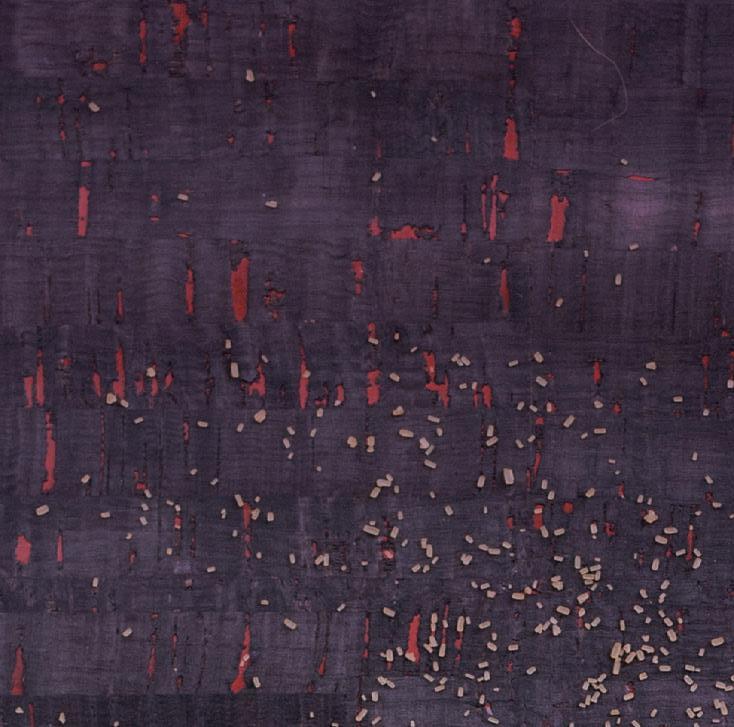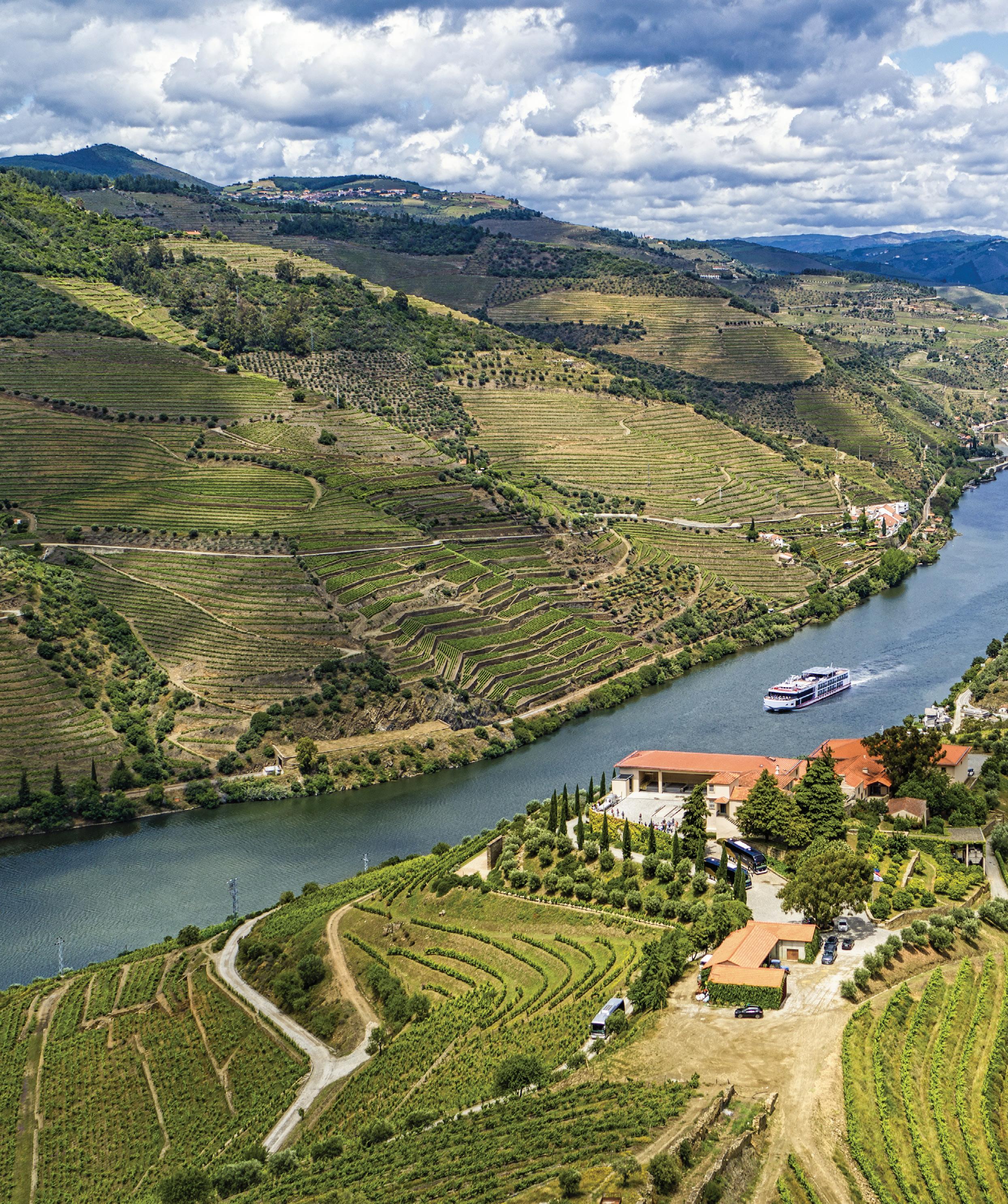
7 minute read
THE DOURO
The winding river that weaves its way through sleepy Portuguese villages, past historic wine cellars and out to sea at the city of Porto
Left: An aerial view of the Douro River meandering its way through the countryside The Douro was named ‘River of Gold’ by the Romans and the Phoenicians, who mined the precious metal in this arid corner of Portugal and used the waterway to transport the ore to the coast. A more romantic theory as to the origins of the name is that the river reflects the golden sunshine that warms the hillsides.
The Douro rises to the north-east of Madrid, flowing west across central Spain before creating a natural border between Spain and Portugal for 96km, and turning west at Barca d’Alva, from where it flows in a series of gentle curves towards the Atlantic, just beyond the city of Porto. High in the hills, sleepy villages are guarded by ruined castles and beyond the sheer-sided river valley sprawl lavish, whitewashed country homes belonging to port-growing families.
The navigable stretch of the Douro has been tamed today by a series of dams and deep locks, so ships can sail to the Spanish border. The scenery is some of the most spectacular on the Iberian peninsula, the sheer slopes either side of the river, lush with vines producing the region’s port grapes.
Portugal has a long association with Britain and although the Romans cultivated grapes here in the first instance, it was the wealthy British merchants settling in the city of Porto towards the end of the 17th century who began to produce port. In the early 18th century, the river was crammed with flat-bottomed rabelo boats, each one with a single sail, transporting thousands of barrels of port downstream from the country estates to the cellars at Vila Nova de Gaia, sprawling elegantly over the steep bank opposite the city of Porto. You will still see the occasional rabelo on the river today but their purpose now is solely decorative; grapes are now transported by truck. In 2001, the entire region was declared a UNESCO World Heritage Site in recognition of its beauty and historic interest. Porto
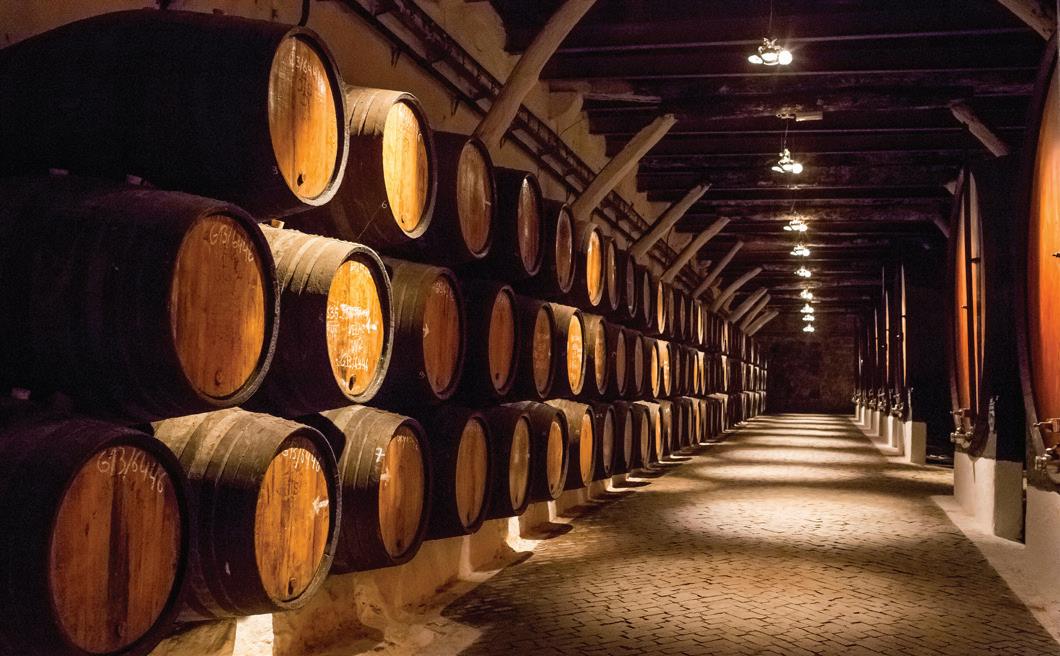
itself is the second largest city in Portugal. The famous metal bridge spanning the Douro, Dom Luís, is strongly reminiscent of the Eiffel Tower in Paris in its architecture; and the designer, Théophile Seyring, studied under Eiffel.
A highlight of any Douro voyage is a day in Salamanca, Spain’s ‘golden city’ and university town. Tucked away in a quiet, rural corner of Castile-Leon, a couple of hours’ drive from Vega de Terrón, the limit of the Douro’s navigable stretch, the city’s sandstone walls and spires blaze in the sunshine.
The university was founded in the 13th century and was considered one of the finest in Europe. The old library houses 150,000 ancient volumes so precious that visitors are only allowed to peer through glass.
Most of the towns visited along the Douro are located in the rolling hills beyond the river valley. Bustling Lamego is dominated by the sanctuary of Our Lady of Remedies, perched on top of a hill overlooking the town with ornamental steps cascading down the wooded hillside. Figueira de Castelo Rodrigo is a tiny, 12th-century walled village high in the mountains, surrounded by olive groves and wild lavender, while Vila Real is the site of the magnificent baroque Mateus Palace, made famous by the Mateus Rosé wine labels. Lavish interiors aside, the palace is set in formal gardens featuring cedar-lined walkways, sculpted hedges and serene ornamental ponds.
The narrow river valley itself is mainly uninhabited, save the occasional hamlet or whitewashed house overlooking the vineyards, which is part of the joy of sailing here. An exception is sleepy Pinhão, which has one of the world’s most exquisite railway stations, adorned with blue-and-white azulejos tiles, depicting
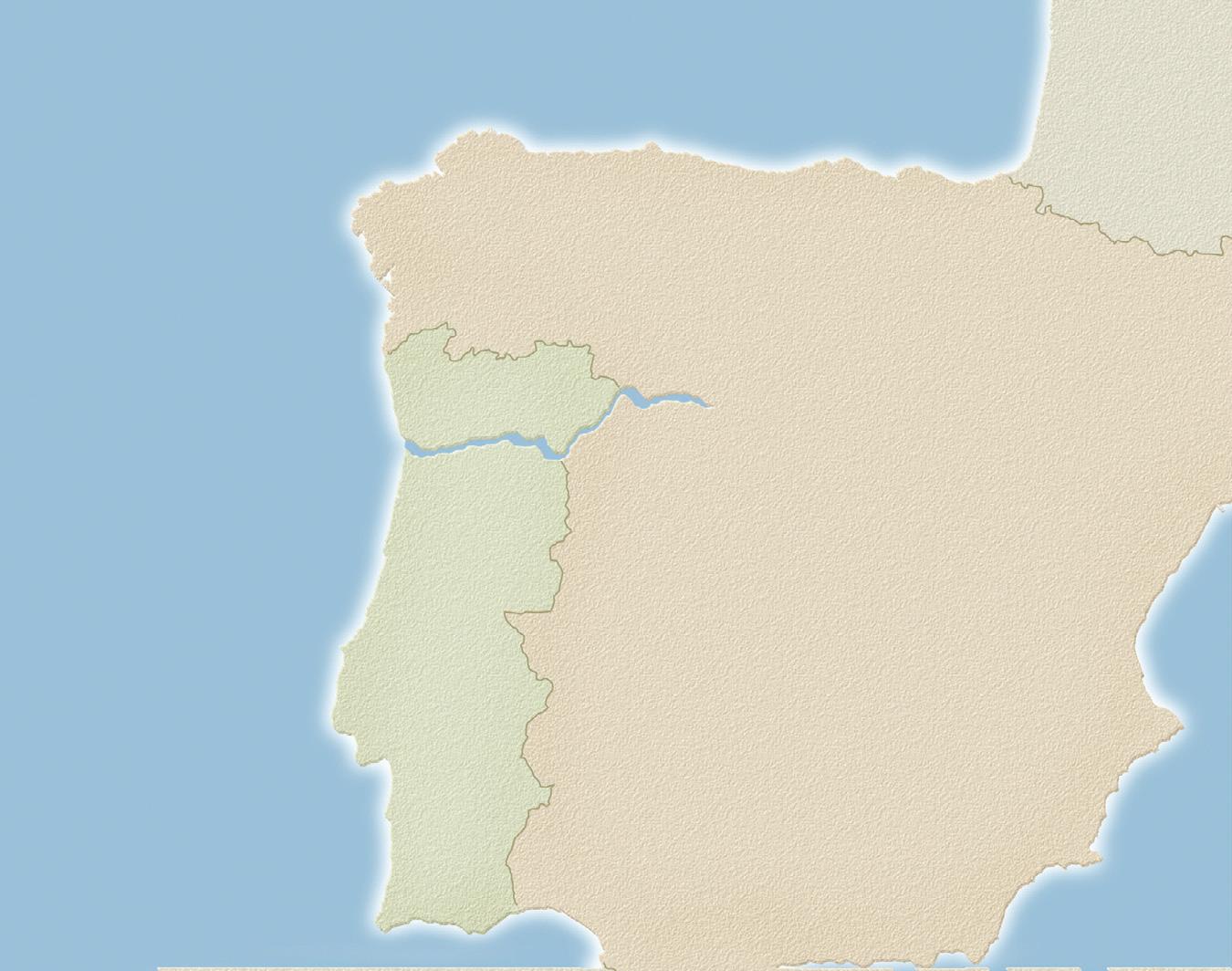
colourful scenes from the port industry in the 1930s and a reminder of how dramatically life on the river has changed over just a few decades.
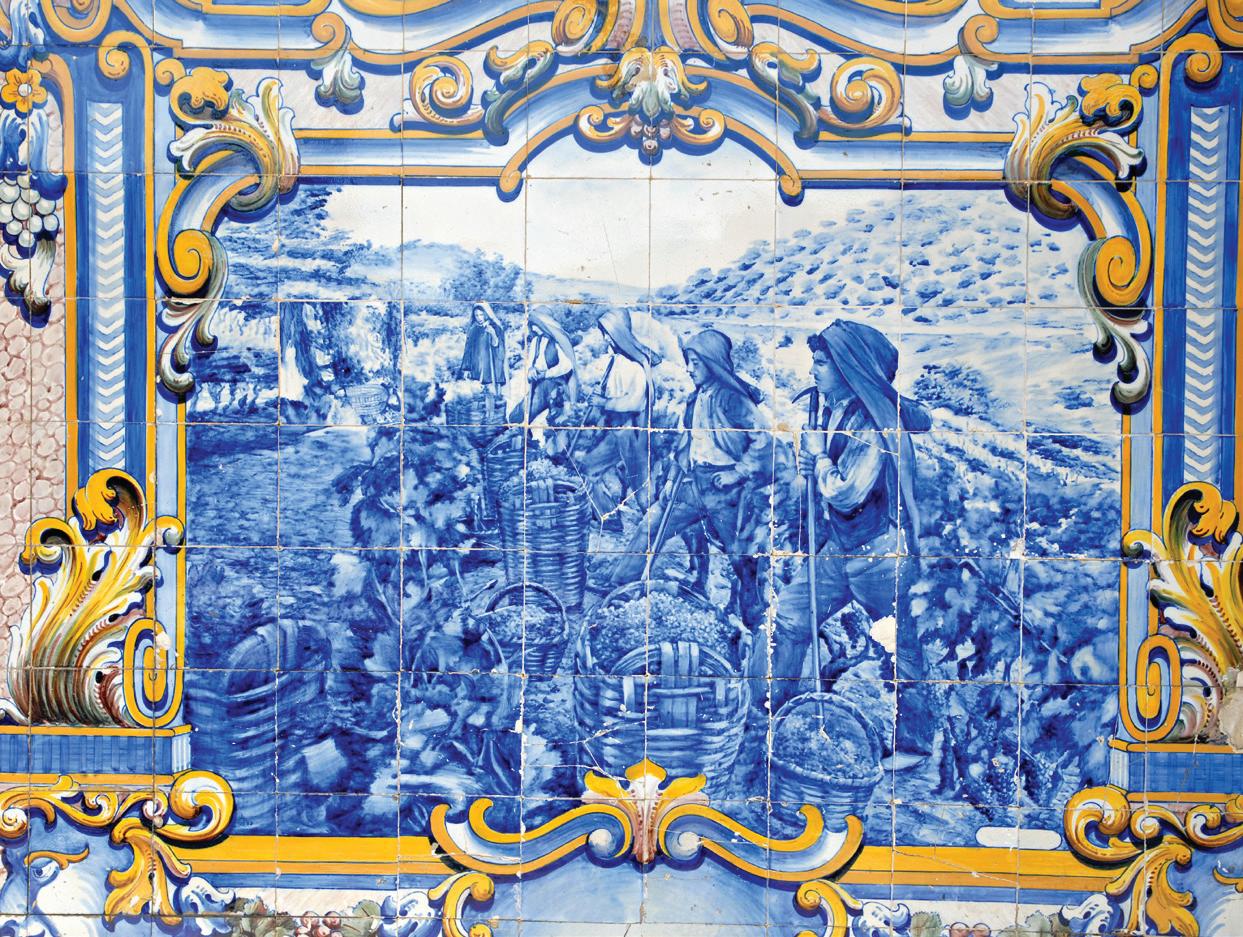
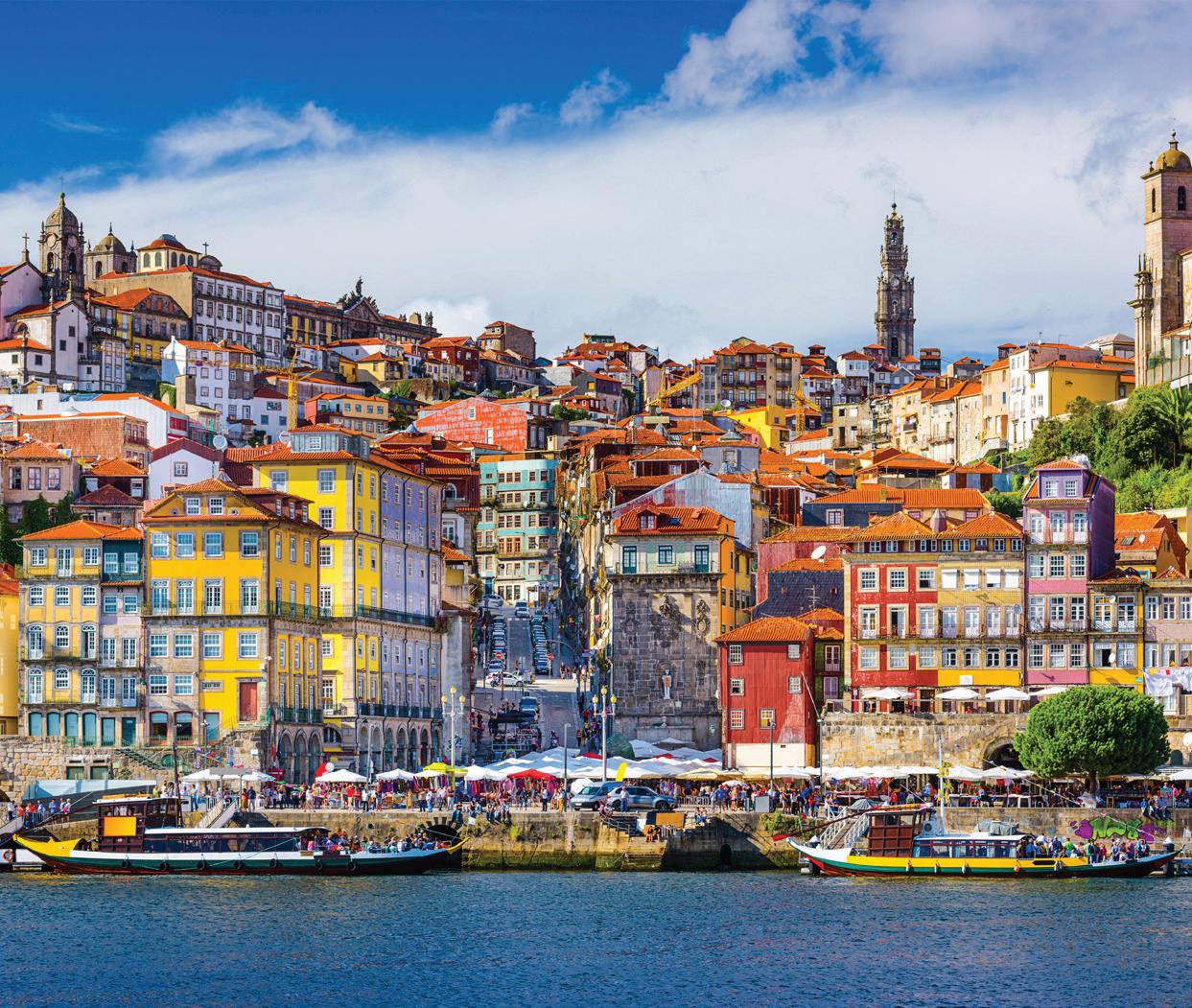
This page, clockwise, from
top left: Port wine barrels, wine cellar of a winery in Gaia, Porto; the blue and white tiles so synonymous with Portuguese architecture; the colourful city streets of Porto, as seen from across the River Douro
Opposite:
The enchanting back streets of old Salamanca
Atlantic Ocean Porto DOURO RIVER
Régua
Lamego
Barca d’Alva Vega de Terrón Pinhão Salamanca
Coimbra SPAIN
Cruise Motor coach PORTUGAL
Lisbon
GETTING THERE: The 10‑day Portugal's River of Gold itinerary sails from Lisbon to Porto From $4,995pp in Standard stateroom
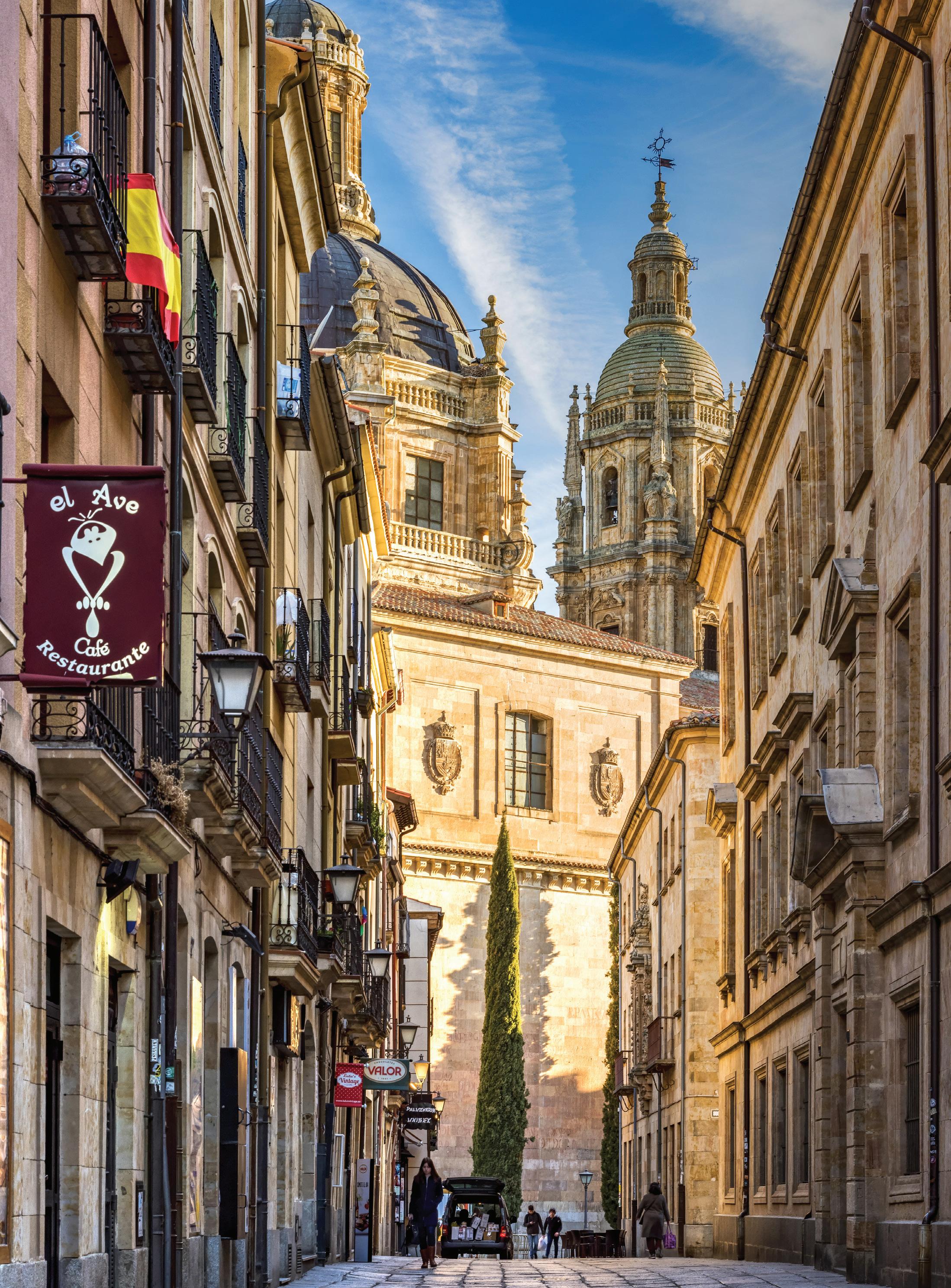









BACALHAU À BRÁS
INGREDIENTS: 450g dried salted cod 450g waxy potatoes Olive oil 1 large white onion, halved, then thinly sliced 2 bay leaves 4 cloves garlic, crushed 2 tbsp fresh parsley, chopped 4 large eggs 30g black olives, pitted
GARNISH: Dash of Tabasco® Lemon wedges
1 Cover the dried salted cod in cold water and soak for about 48 hours, changing the water frequently.
2 Place the cod in a large pot and cover with water again. Boil for about 15 minutes, then drain. Allow to cool, then fl ake and set aside.
3 Peel the potatoes and cut them into matchsticks. Add 1 to 2 tablespoons of olive oil to a nonstick pan and fry the potatoes in batches. Keep the cooked matchsticks warm in a low oven.
4 Add a tablespoon of olive oil to the pan and add the bay leaves. Cook for 2 to 3 minutes, then add the garlic and onions to the pan. Sauté until translucent. Discard the bay leaves, then add in the parsley and the fl aked cod.
5 Mix the eggs with a fork, then add to the pan. Keep stirring until the eggs are scrambled. Combine the fries with the cod mixture, then stir in the olives. Season to taste and fi nish with a dash of Tabasco. Garnish with lemon wedges .
SERVES 4
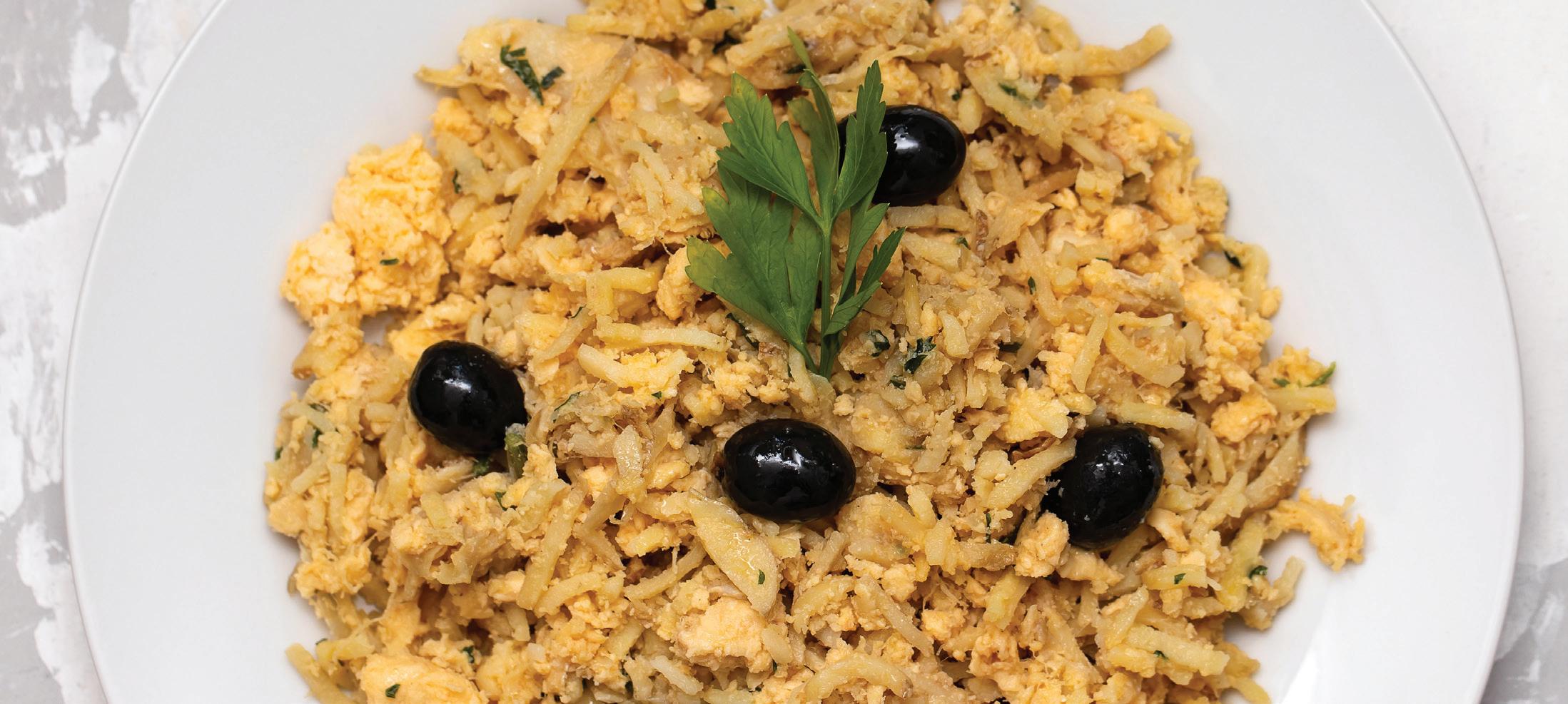
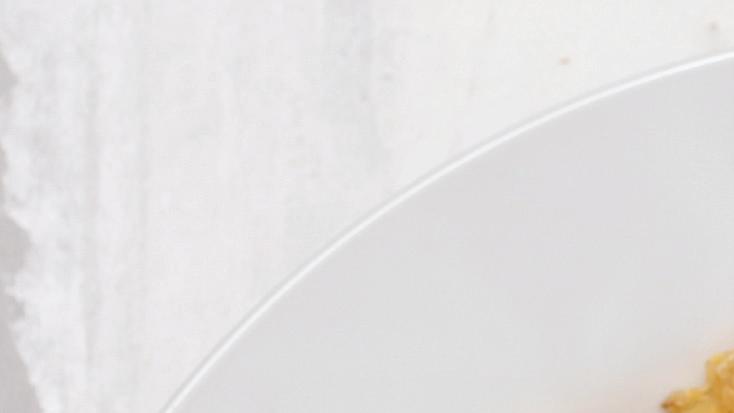
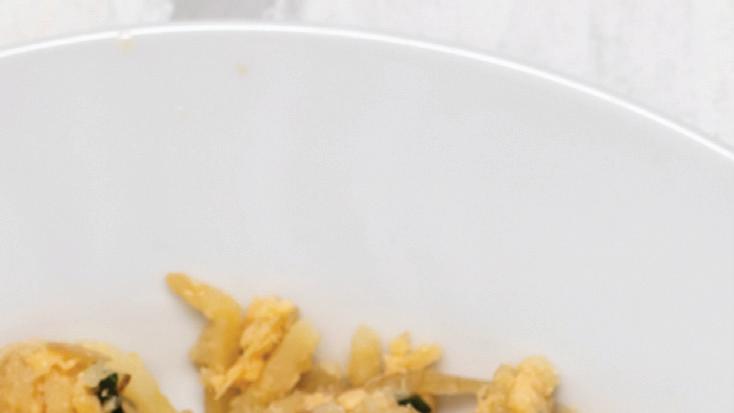
PASTÉIS DE NATA
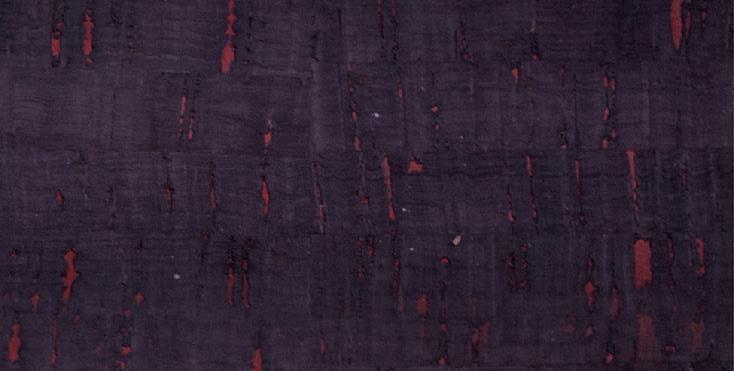

INGREDIENTS: 250ml milk 1 lemon, zest only 1 cinnamon stick 100g caster sugar 2 tbsp plain flour 75ml water 3 large eggs, yolks only 320g all-butter puff pastry
1 Preheat the oven to 245°C. Gently heat the milk with 2 to 3 strips of lemon zest and the cinnamon stick to a simmer, then remove the lemon and cinnamon.
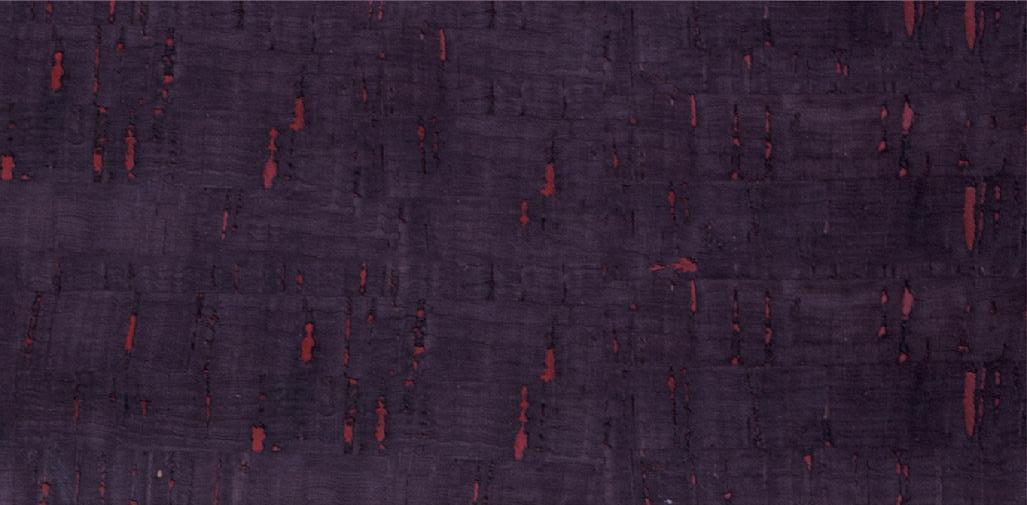
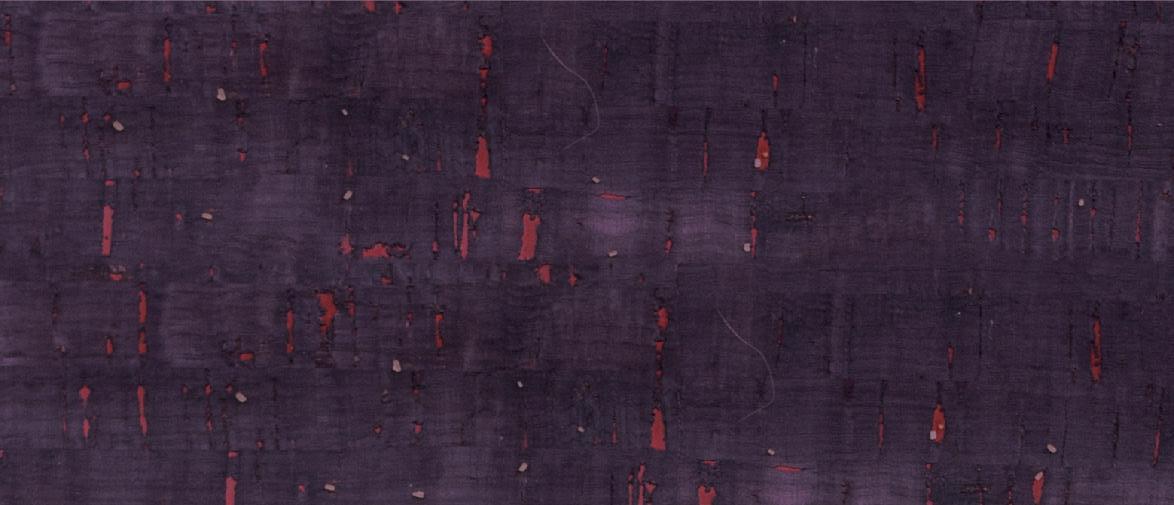
2 Mix the fl our with a little of the milk to form a smooth paste, then stir in the rest of the milk. Return to the heat, whisking constantly for a few minutes until thick.
3 Place the sugar and water in a saucepan, stirring until the sugar has dissolved. Bring to a boil and allow to boil for 3 minutes, then whisk into the milk mixture.
4 Place the egg yolks in a bowl and slowly add the milk mixture, whisking constantly. Transfer to a jug and allow to cool slightly.
5 Lightly butter all the holes in a 12-hole muffi n tin. Roll the puff pastry out into a rough rectangle, then roll each rectangle up from the bottom to the top. Cut each roll into 12 discs. Place one disc fl at into the base of each muffi n hole, then, with wet thumbs, gently press out until the pastry comes about halfway up each hole.
6 Pour the custard into the pastry cases, then bake for about 15 minutes, until set and caramelized. Sprinkle with sugar and cinnamon, then serve while still warm.

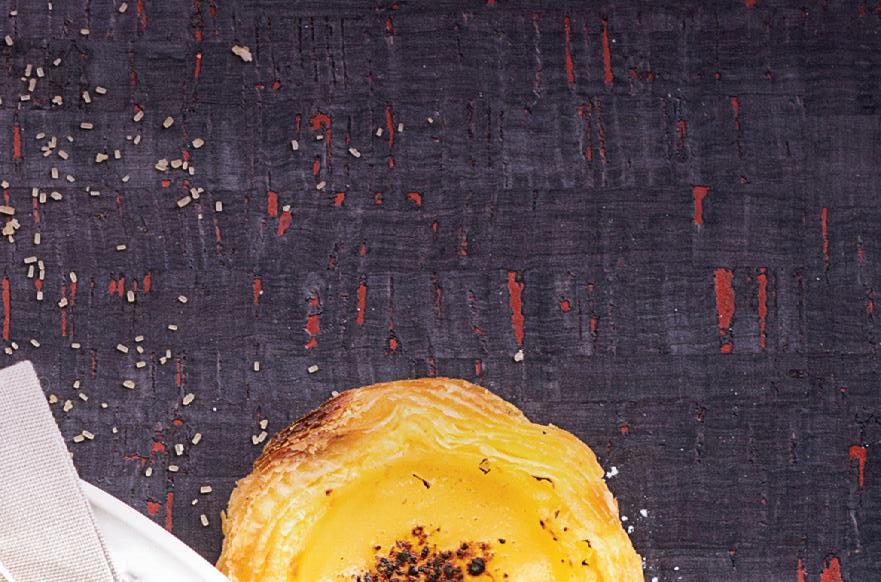
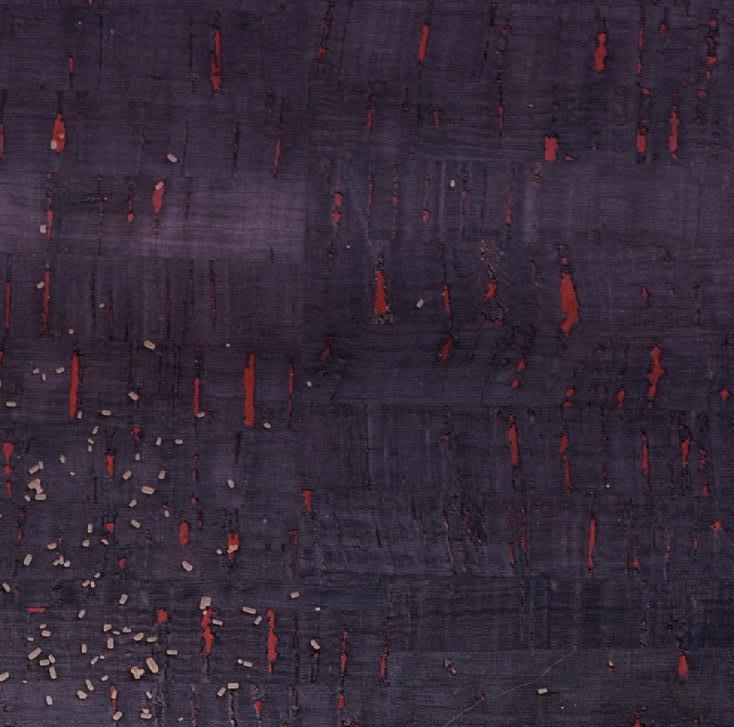
MAKES ROUGHLY 12

